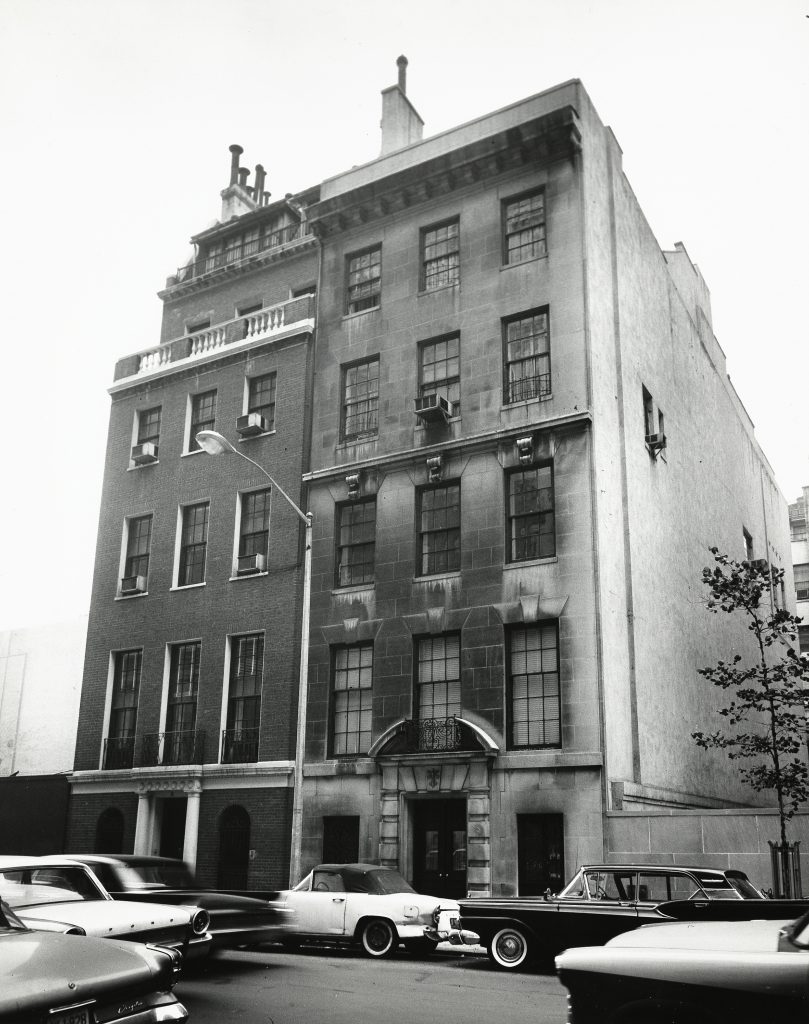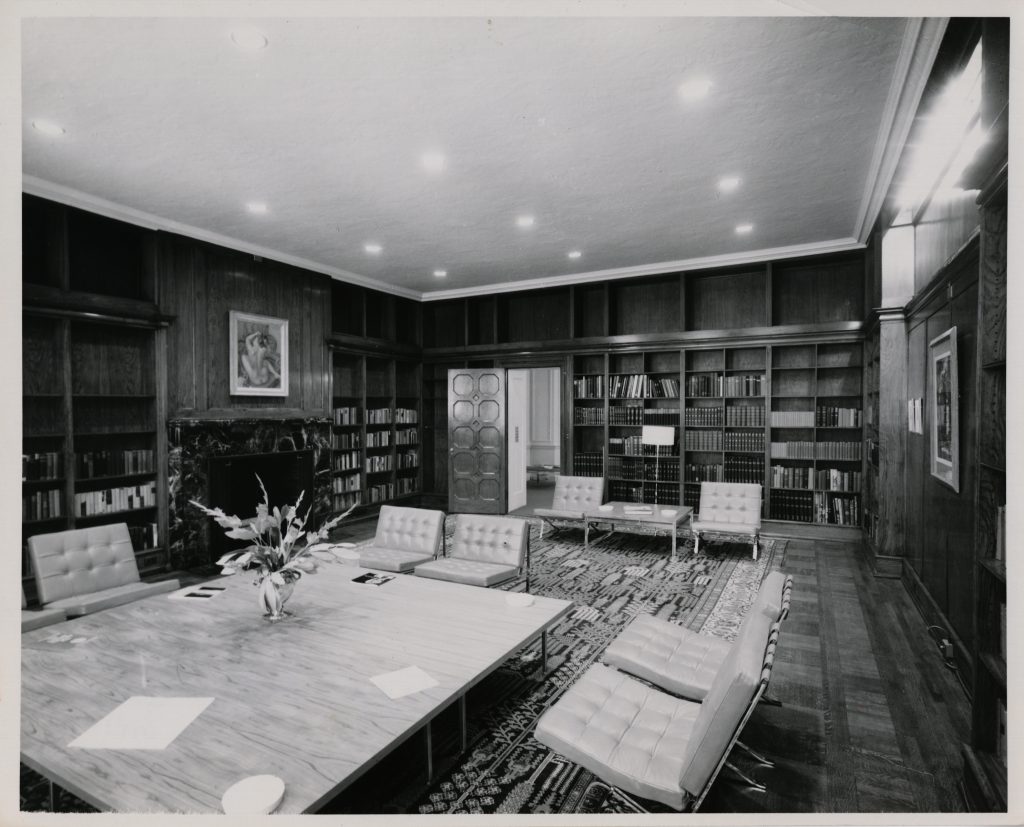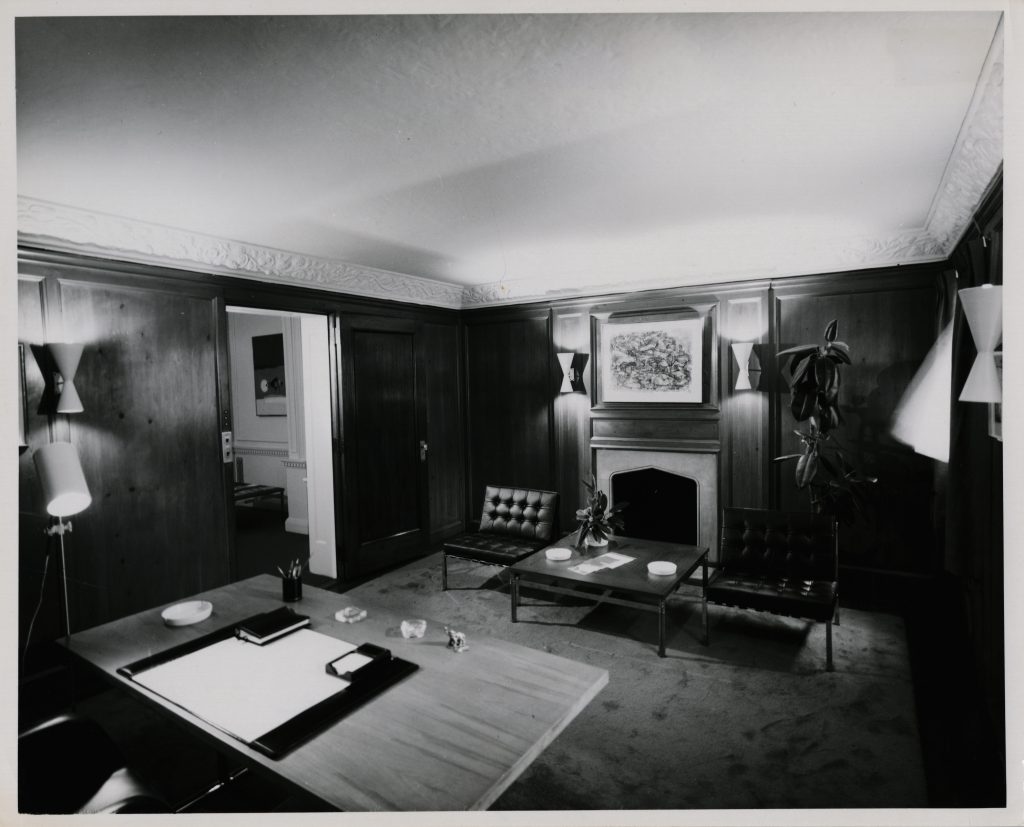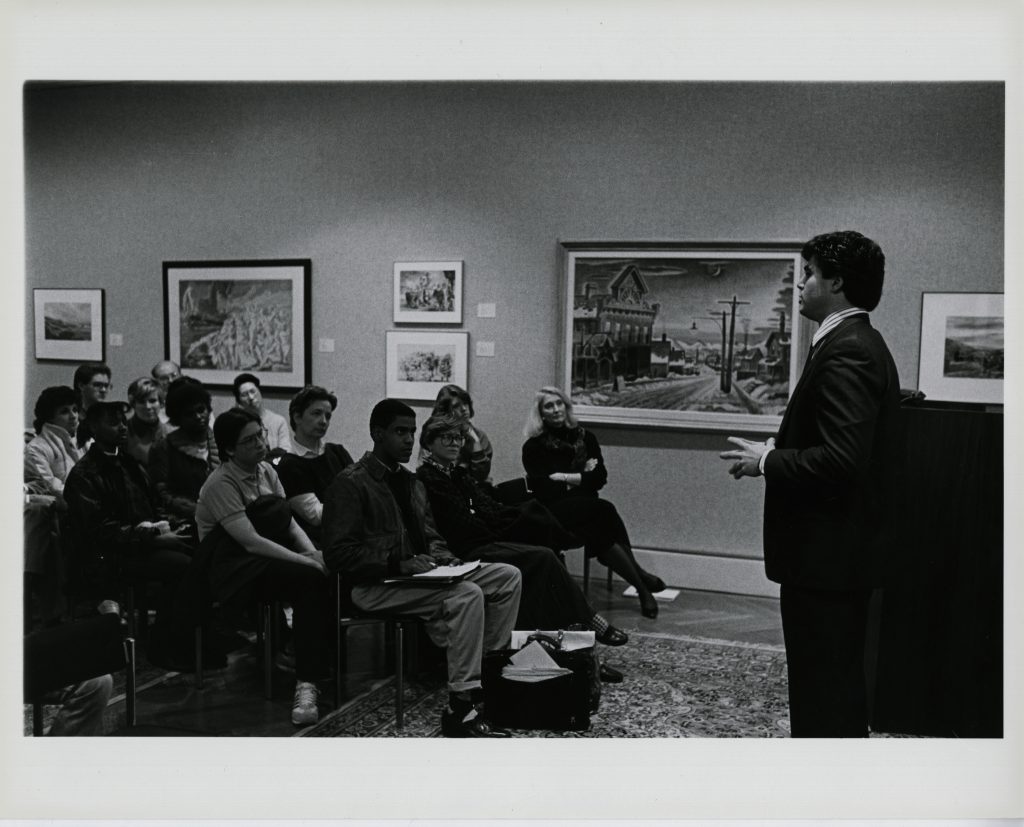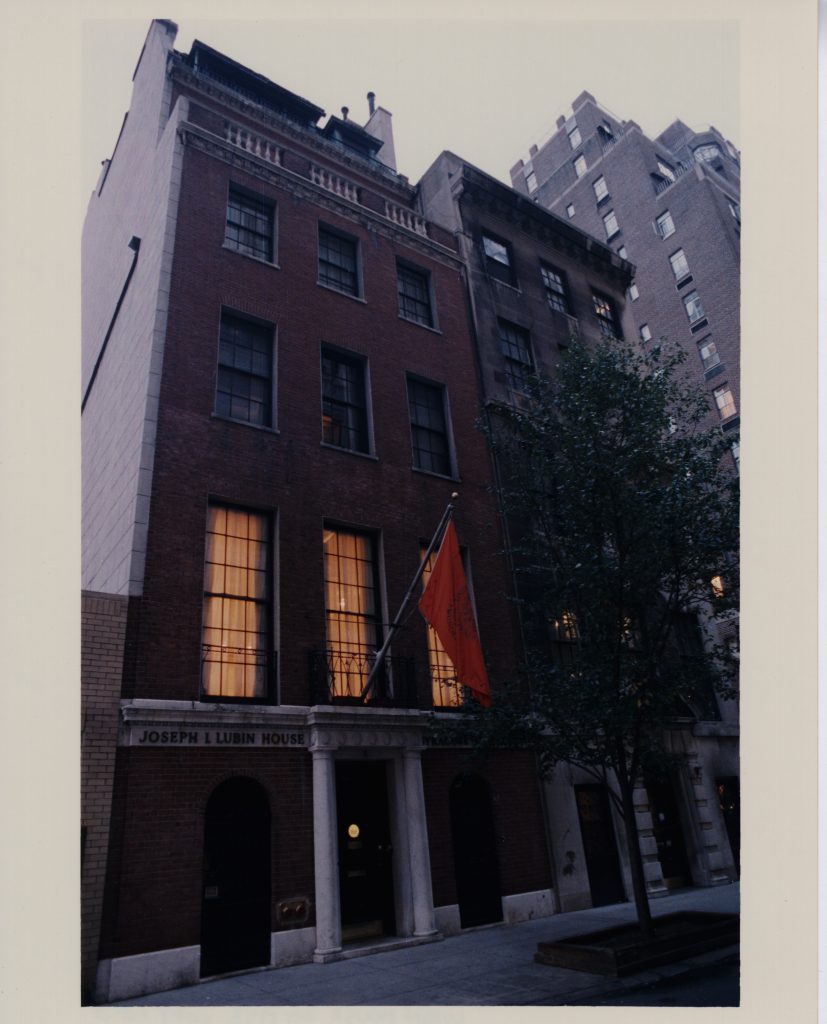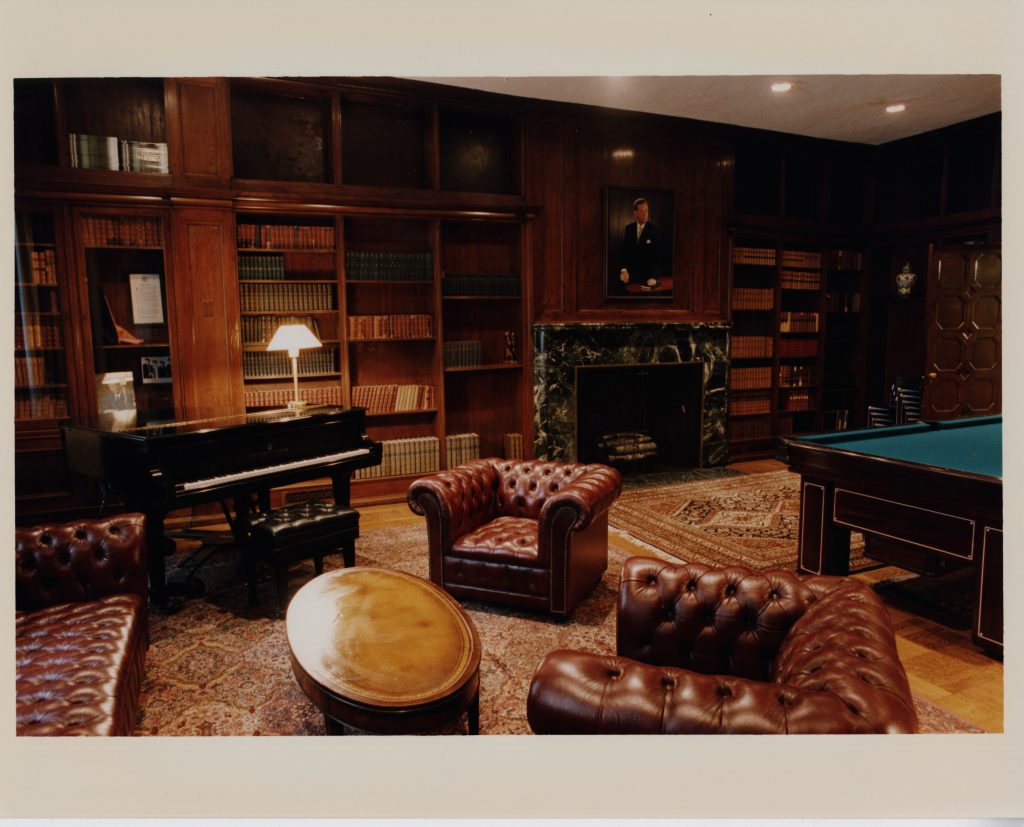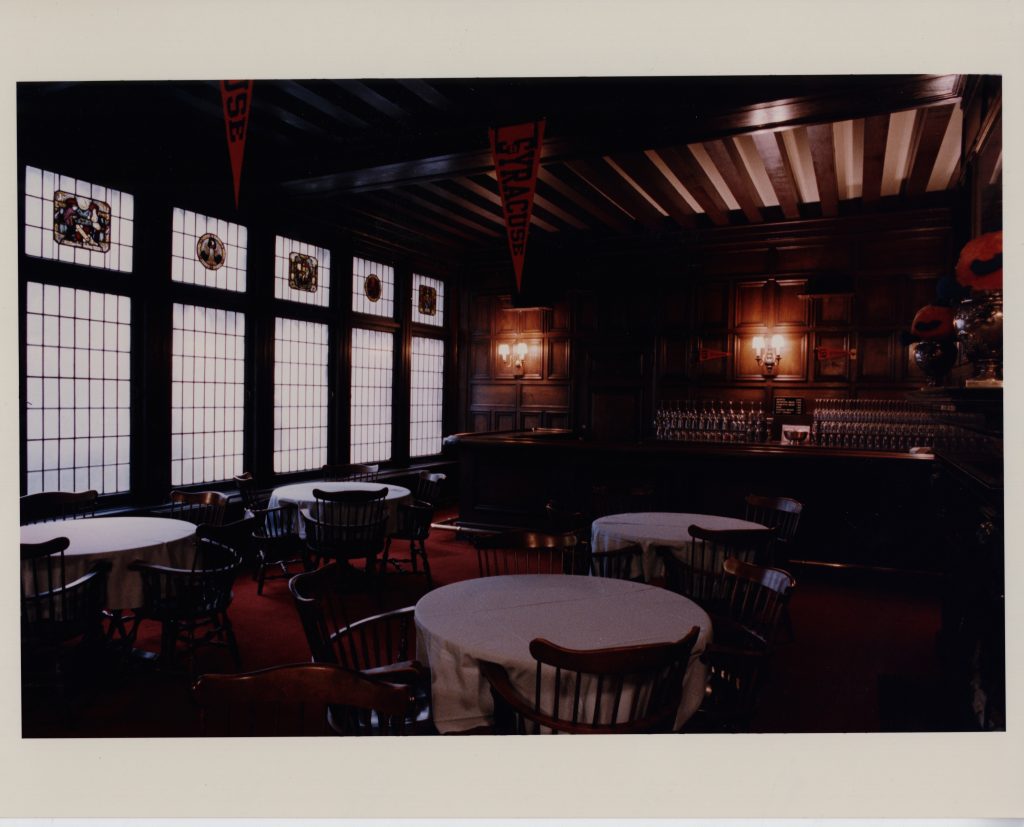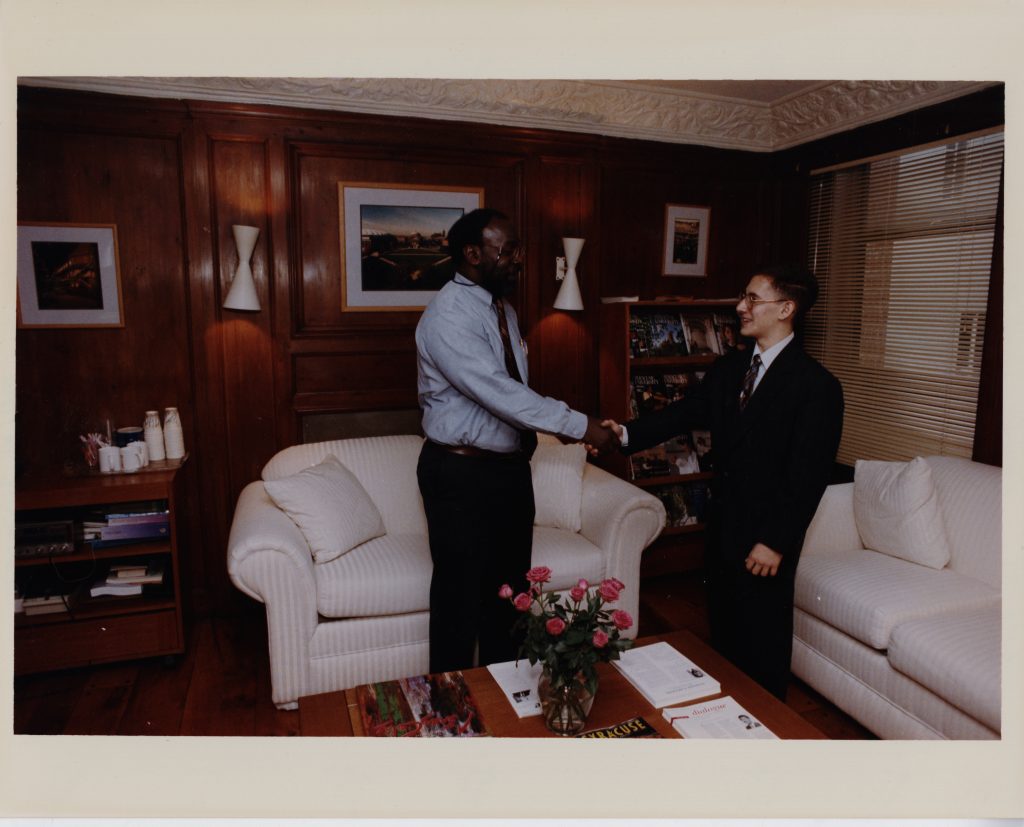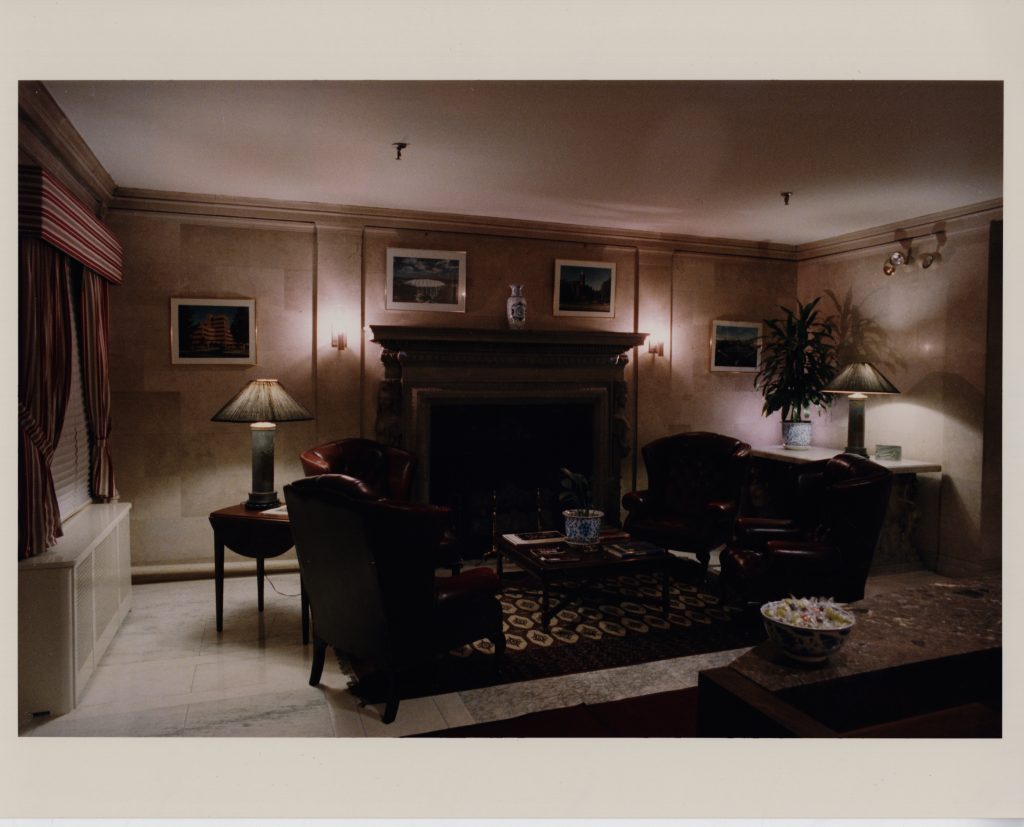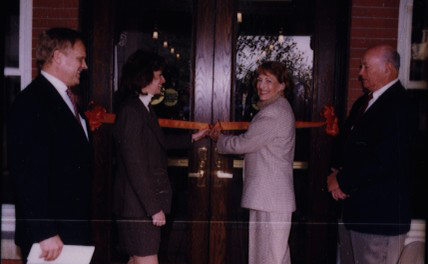The History of Joseph I. Lubin House
1876
The townhouse at 11 East 61st Street was designed by architect John G. Prague and constructed in 1876.
1883
The house changed hands several times and, in 1883, was purchased by Mr. and Mrs. William F. King, who hired C.P.H. Gilbert—a Beaux-Arts trained architect known for designing the Woolworth mansion and a leader of New York City’s Romanesque revival—to renovate. The house was extended, an additional floor was added, and an elevator was installed.
1897
In 1897, the house was sold to Sir Almeric Hugh Paget, Baron of Queensborough, who subsequently married Pauline Whitney. After their wedding, the Pagets engaged McKim, Mead and White to give the house more grandeur. The dining room was extended for entertaining, and elaborate mantelpieces—which remain in the house today—were imported from Europe.
1901
In 1901, the Pagets moved to London and the house was sold to Wesley Thorne. Shortly thereafter, it changed hands again and was purchased by John Teele Pratt, son of Charles Pratt, an oil pioneer and partner of John D. Rockefeller.
1912
In 1912, Pratt and his wife, Ruth Baker Pratt, reengaged C.P.H. Gilbert to add a sixth floor and install a skylight over the stairwell.
1923
In 1923, the house was purchased by Elbridge Stratton, who retained famous architects Delano and Aldrich for a major renovation. The architects altered the original dormer windows and covered the facade with brick, giving the building its current neo-federal appearance.
1927
In 1927, the house was purchased by Charles Shipman Payson and his wife. The Paysons lived in the house until after World War II, when they leased it to the Russian Consulate as an annex.
1947
1947, the house was sold to the 29 Club, founded by a group of businessmen after the stock market crash.
1948 – 1964
When the 29 Club disbanded in 1964, the house was put up for sale. It was purchased by Joseph I. Lubin, a New York philanthropist who had risen from the slums of Brooklyn to become a renowned accountant and real estate investor.
Although Lubin earned degrees from Pace and New York University, his daughter Ann (now Ann Lubin Goldstein) attended Syracuse, earning a bachelor’s degree in drama in 1948. From the time Lubin brought Ann to Syracuse for an admissions visit, he embarked on a lifetime friendship with then-Chancellor William Tolley and a relationship with Syracuse University that was just as enduring. Over the years, he contributed generously to Syracuse University, including establishing the Lubin-Tolley Book Fund, supporting the construction of Manley Field House and the renovation of Hendricks Chapel, and establishing a scholarship fund. Tolley named him a lifetime trustee in 1953.
1965
The Syracuse University Board of Trustees held its first meeting outside of Syracuse at the house on June 4, 1965. “The opening of Syracuse House, the new headquarters of Syracuse alumni in New York City, has already had a tonic effect on alumni morale in the metropolitan area,” Tolley said at the meeting. In December 1965, the building was renamed in honor of its benefactor, and has been known since then as the Joseph I. Lubin House.
1966 – 1995
In 1966, the building next door to Lubin House, at 15 East 61st Street, was put up for sale. With the idea of one day expanding its existing space, Syracuse University purchased the five-story building. In 1981, Joseph Lubin made another major gift to Syracuse, this time donating funds to help renovate the neighboring building into usable space for the University. The renovation was completed in spring 1995.
2001
In 2001, under the direction of Richard Hayden, building 11 underwent overall renovations to its infrastructure and restoration of its historic rooms. Renovations were completed in summer 2002.
TODAY
While Lubin House was originally envisioned primarily as an alumni center, the expansion helped complete the facility as a multiservice satellite. Now, as many prospective and current students come through the Lubin House doors as do former students. New York metro-area high school students interview for admission; current students take part in special programs run out of Lubin House; and students meet with alumni and professionals in their fields in career development and placement programs.
In addition, it houses workspace for staff from the Office of Advancement and External Affairs, who are able to engage alumni from the area in Lubin House’s event spaces, Palitz Gallery, and other venues throughout New York City and neighboring locations.
The grand and vital history of Lubin House continues.
